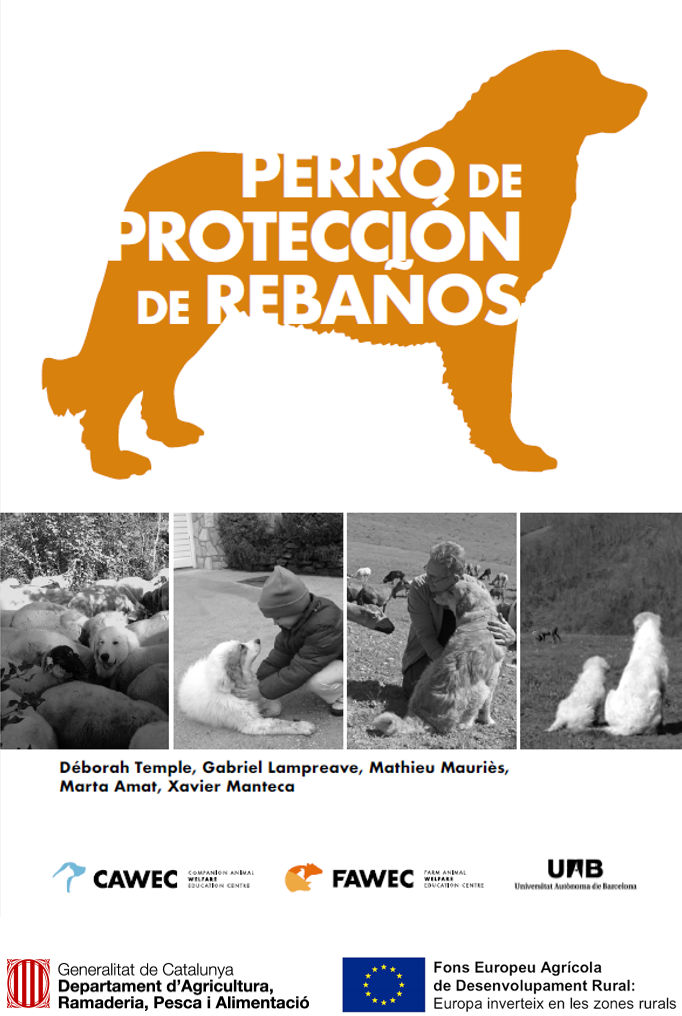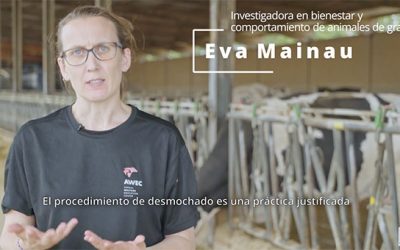Livestock guardian dogs (LGDs) remain the most effective non-lethal method to reduce losses to predators.
However, despite the efficacy and widespread use of LGDs, many farmers still struggle to raise these dogs in an effective manner. A mismatch is often found between traditional literature and current problems (Liebenberg,2017). Traditional methods of LGDs education that ignore behavioural needs of puppies (e.g. Coppinger and Coppinger, 1980) are still promoted worldwide leading to dramatic situations for dogs, livestock, and farmers. Recently, some LGD owners and breeders are promoting a more holistic and compassionate way to work with well socialized and balanced LGDs (Mauries 2016, Negri 2018).
Practice-driven innovation through the formation of network has a strong potential to foster changes in corrent farm practices, improving animal welfare and sustainability (van Dijk et al. 2019).
An innovation network was formed providing insights into the use of LGDs as work companions based on five core values: patience, compassion, respect, trust, and consistency. Critical points were identified: LGDs should come from working lines, be born among lambs, be highly socialized with other dogs and persons, should grow in an enriched environment together with their mother, should not be introduced alone to a new flock and should be trained through simple positive reinforcement techniques.
Initial Project funded through operation 01.02.01 Technology Transfer of the Rural Development Program of Catalonia 2014-2020 and with the collaboration of the Rural Agents
Activities further supported by the PTQ2020 – 011034 grant funded by MCIN/AEI/10.13039/501100011033 and by the European Union NextGenerationEU/PRTR.
![]()
![]()





